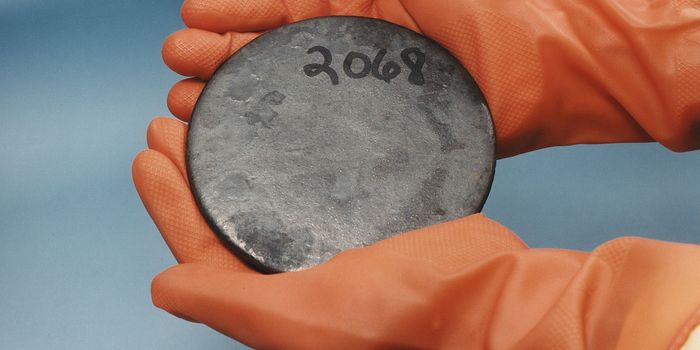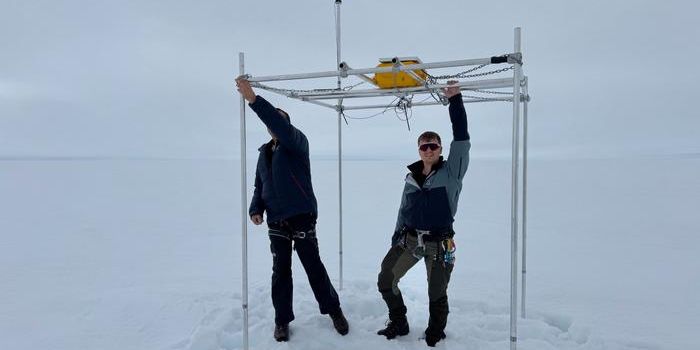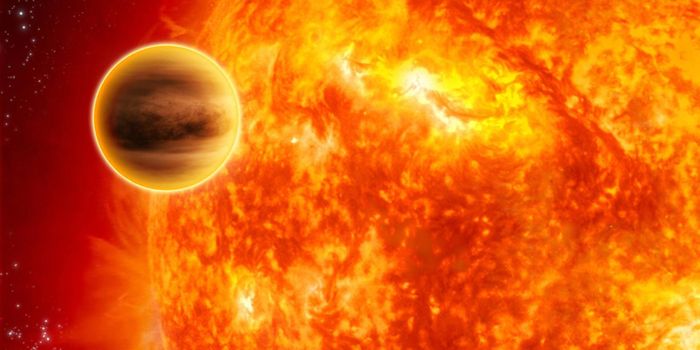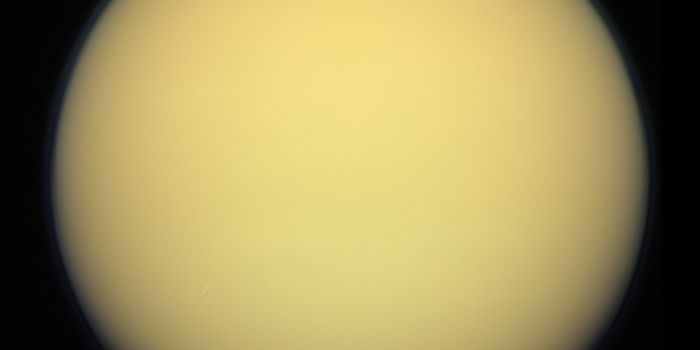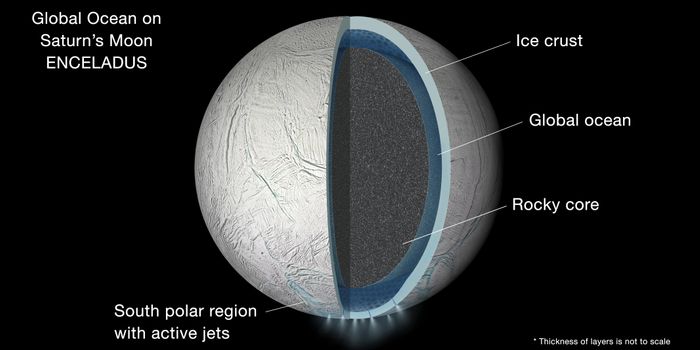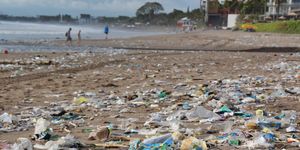Tracking the deep chlorophyll maximum with sea-faring robots
In an interdisciplinary collaboration, researchers from MBARI, the University of Hawai'i at Manoa, and Woods Hole Oceanographic Institution report having successfully utilized robots to monitor microbial communities in the ocean. The detail their success in the journal Science Robotics.
The research team was particularly interested in the deep chlorophyll maximum (DCM) layer. Also known as the subsurface chlorophyll maximum, the DCM exists below the surface of the ocean and holds the maximum concentration of chlorophyll, thus playing an important ecological role in the open ocean. However, scientists have struggled to observe the DCM because aerial or satellite remote sensing does not provide sufficient information. Also, its nomadic shifting nature makes it difficult to follow even with in situ observations.
"The research challenge facing our interdisciplinary team of scientists and engineers was to figure out a way to enable a team of robots -- communicating with us and each other -- to track and sample the DCM," commented coauthor Brett Hobson, a senior mechanical engineer at MBARI.
Microbial communities in the DCM can extend over 100 kilometers and thrive in open-ocean eddies that provide nutrient-rich water. The recent study focused on a particular open-ocean eddy north of the Hawaiian Islands.
"Open-ocean eddies can have a huge impact on microbes, but until now we haven't been able to observe them in this moving frame of reference," elaborates coauthor Ed DeLong, who is an oceanography professor in the UH Manoa School of Ocean and Earth Science and Technology (SOEST).
To observe the eddy, DeLong and his coauthor and colleague David Karl designed three autonomous robots built to track the microbial community. Two of the robots were long-range autonomous underwater vehicles (LRAUVs) and one was a Wave Glider surface vehicle. They used the robots to locate, track, and sample the microbes. Over several days, the robots also collected data on temperature, salinity, depth, dissolved oxygen, chlorophyll concentrations, optical backscatter, and photosynthetically active radiation.

"This work is really the fulfillment of a decades-long vision," said MBARI President and CEO Chris Scholin. "Coordinating a robotic fleet to show how microbial communities react to changing conditions is a game-changer when it comes to oceanographic research."
Their fleet of autonomous robots was able to measure fundamental characteristics of the in situ DCM microbial community, determining, for example, that as phytoplankton biomass in the DCM decreased, the eddy weakened. Such observations had not been possible previously.
"Much like our own team of researchers, each of the robots in the fleet is a specialist contributing to the experiment," said coauthor John Ryan. "This adaptive approach gives us a new perspective on the environmental processes going on inside and around this plankton community."
Sources: Science Robotics, Science Daily

